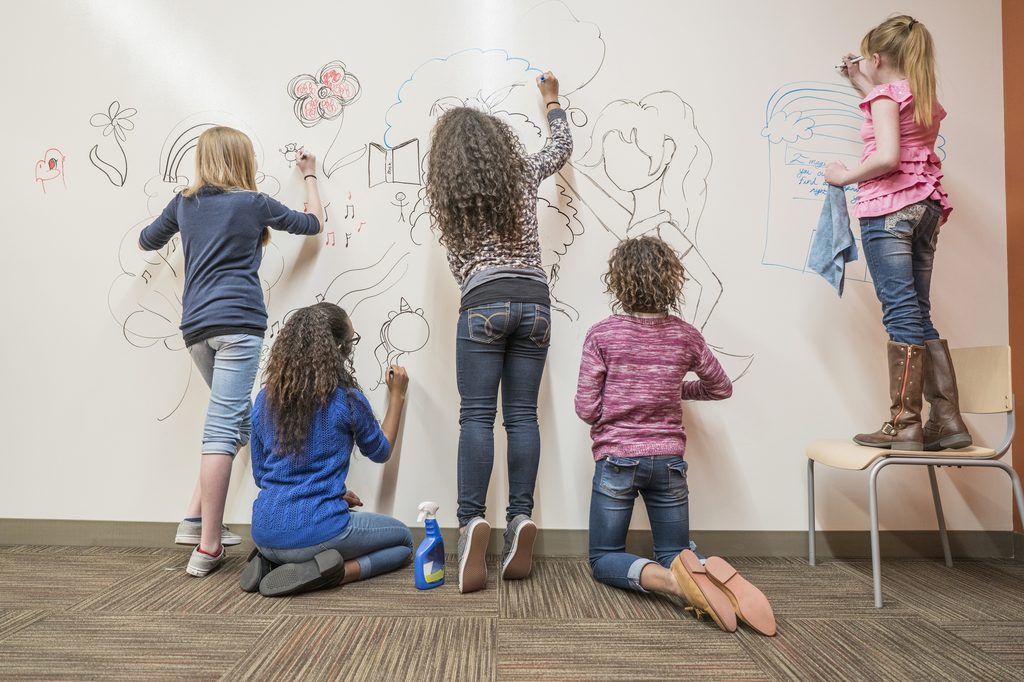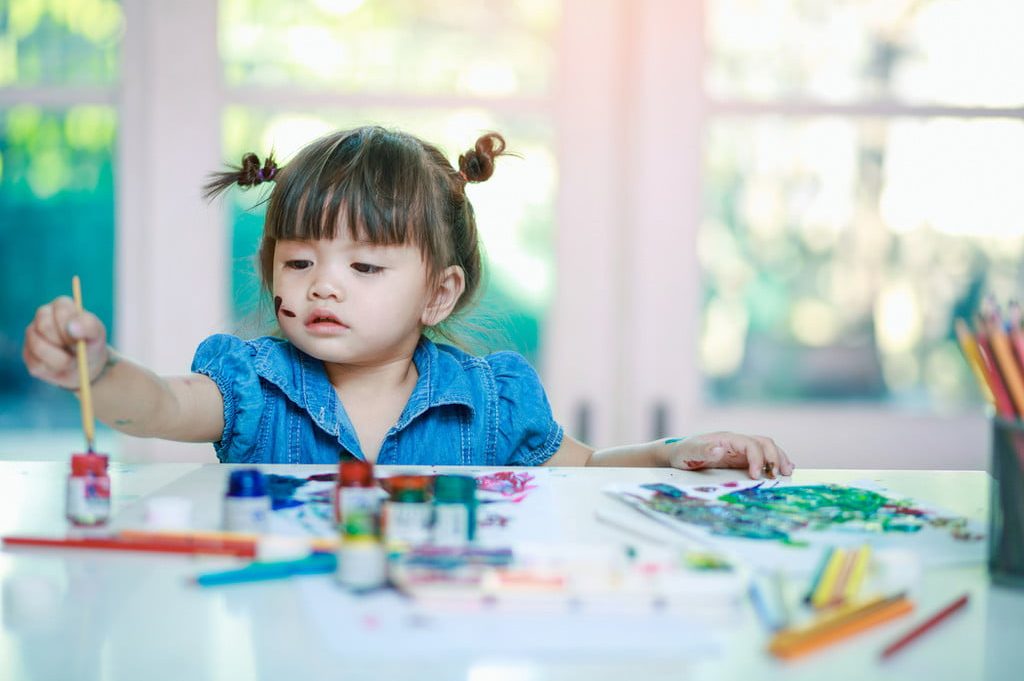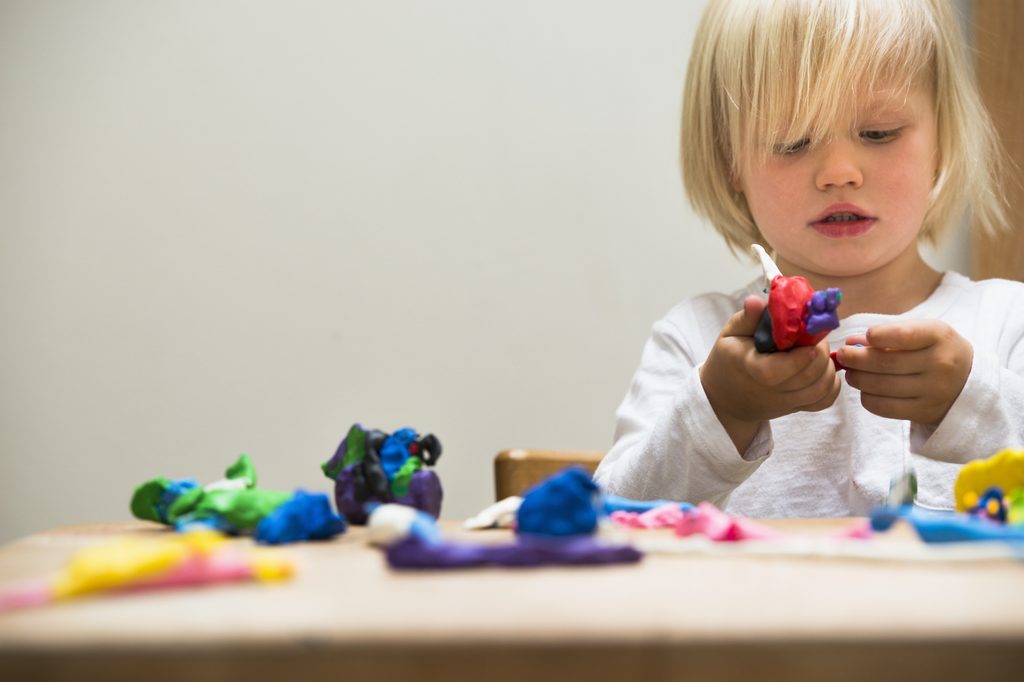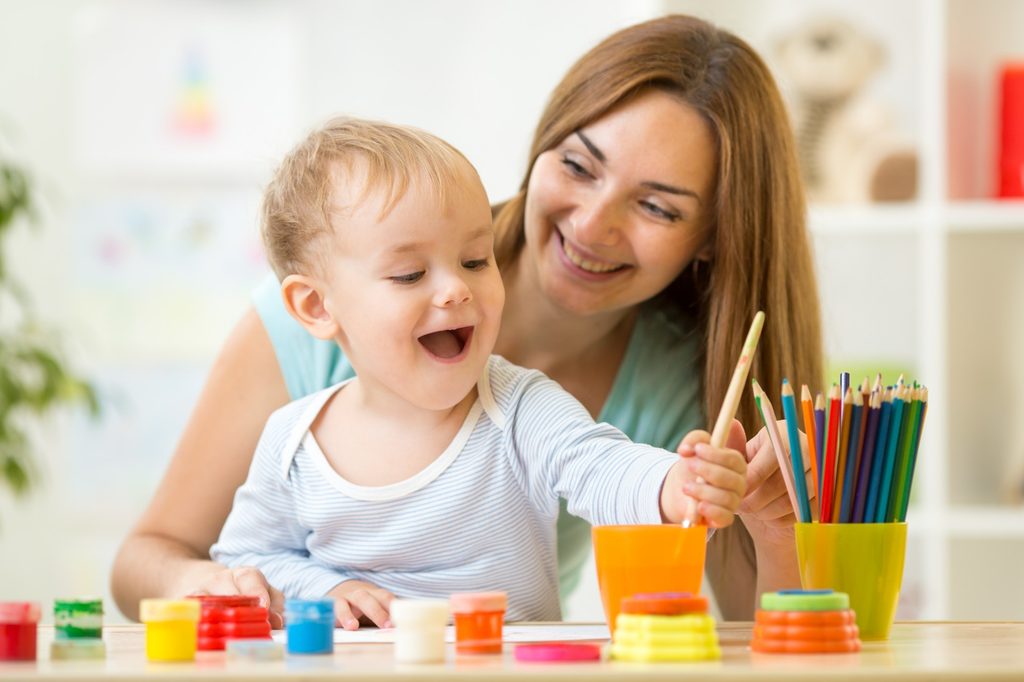
Allowing your children to express themselves creatively has endless benefits on top of just keeping them entertained. We all know that children are inherently creative. Children can take almost anything and create a game, an activity, or simply amuse themselves using their imagination for hours on end. However, as kids get older, we tend to focus more on the scholastic side of learning, while reducing the creative side of learning. This is one reason why art exploration is so beneficial for a child’s development.
Art exploration doesn’t just fuel your child’s creativity, it also benefits other areas of their development. When children partake in art projects like painting, sculpting, building, or any other form of artistic expression, they’re also working on their motor skills, language development, math skills, and more. Here are five ways art benefits your child’s development that you may not have realized.
Benefits of creative arts concerning children’s development

Enhanced fine motor skills
Sally Macaluso is a special education preschool teacher and educational blogger at Tenderhearted Teacher. She encourages parents and teachers to incorporate art exploration for its benefits of creative arts in relation to children’s development.
Macaluso notes not only do children get to express their creative side when creating art, but it also helps enhance their fine motor skills. “Fine motor skills are strengthened as children manipulate play dough or clay as well as when they handle utensils like markers, paintbrushes, crayons, and scissors,” Macaluso told us. “This type of physical development (that enhances the small muscles in the hands) is critical for future writing abilities as well as independence skills like eating, dressing, and toileting.”
Enhanced social-emotional learning
Art can also help children learn how to channel and express their emotions, problem-solve, and communicate with others, also known as social-emotional learning or SEL. Beth Herrild, Founder/CEO at Outside The Box Creation, explained that art specifically helps enhance a child’s SEL by boosting their self-esteem and their ability to feel empathy. “The foundation of social-emotional learning is helping children understand their own emotions and develop skills for managing them while feeling and displaying empathy for others. Art is perfect for both of these,” she added.
Herrild encourages parents to take any opportunity to observe art with their children and ask them questions about how that art makes them feel. She also suggests using art as a means of self-reflection and asking a child to create something that shows their personality or how they think others see them.
Enhanced language development
You may not realize just how much art can impact your child’s language development. When engaging a child in any kind of artistic process, you’re introducing them to new vocabulary words, as well as encouraging them to use different terms to describe their creation.
“Sharing their artwork with others provides opportunities for children to talk about shapes and colors and learn new vocabulary terms to describe their art (smooth, sticky, soft, shiny). This creative process also gives children an opportunity to talk about how they feel when they paint, draw, or sculpt or what emotions they experience when looking at different styles of art,” explained Helen Hadani, an entrepreneurial research psychologist at Goddard Systems, Inc. Macaluso agrees, adding that art helps children learn new vocabulary words like texture and dimension that they may not have learned otherwise.
Art projects for kids

Math skills
Art can help teach children math skills, such as spatial concepts, how different shapes fit together, and symmetry. Depending on the art projects they’re creating, children have to use their problem-solving skills as they figure out how to incorporate different materials or layers in their artwork. It’s important to let children create freely so they can explore these concepts on their own.
Executive function
Giving children free rein to be as creative as they want to be when making art allows them to strengthen their executive function. As Hadani notes, “Art can help children strengthen their decision-making and problem-solving skills as they experiment and try new ideas. Art provides a ‘safe space’ to take risks, practice self-control, and think flexibly by considering different perspectives and strategies.”
Experts agree that the benefits of creative arts concerning children’s development are endless and that parents need to allow children the autonomy and freedom to express themselves without much interruption. “Parents and caregivers need to note that for creativity to blossom, a child must be free to explore,” Macaluso stated. “Therefore, they should focus more on the process rather than the final product or outcome.” The good news is children can use a number of common household items, like Q-tips, tissue paper, cardboard, tinfoil, cotton, and more, to create art.
How to foster a love of the arts

Fostering a love of the arts from a young age helps your child embrace their inner creativity. A parent doesn’t have to be creative to expose their child to a variety of different art mediums, either. Encourage your child’s interest in the arts and allow them to experiment with different tools and supplies.
Getting creative doesn’t have to be expensive. Stock up on low-cost art supplies for your child to use when they’re feeling bored or are looking for an outlet for their energy. Ensure your child knows they can have many interests, and experimenting with their artistic side can help with other disciplines. Display their work and refrain from being critical of their methods. After all, art is subjective and you should encourage your child to create however they choose.
Being interested and engaged in your child’s art projects also helps further their love of creating, as well as their ability to learn new techniques and methods. This only further strengthens the benefits that creating art provides. Macaluso suggests parents ask their children more about the process they used to create their art to further encourage their creativity. Allowing your child the freedom to express themselves using art exploration not only fuels their creativity, but it also provides positive impacts on their personal and academic lives.



